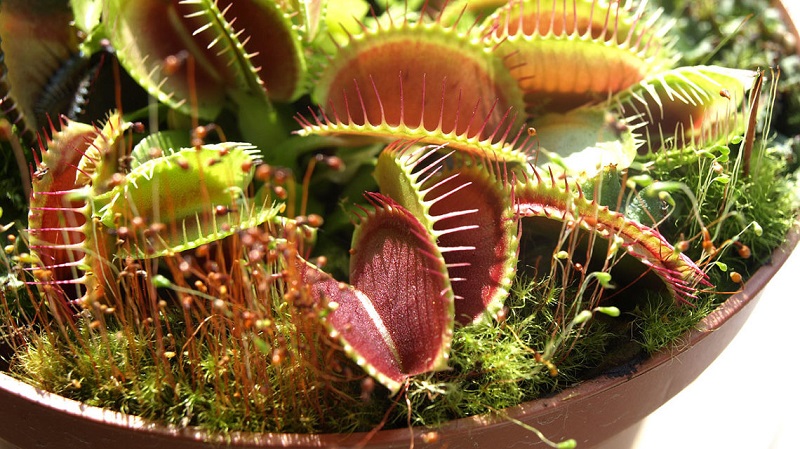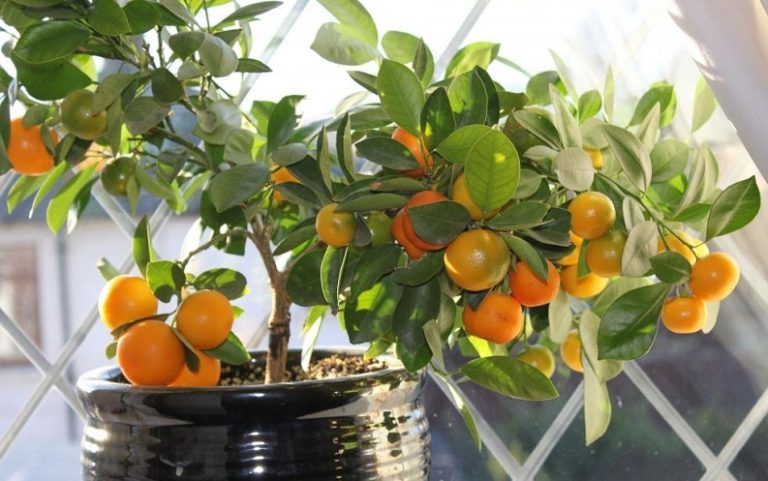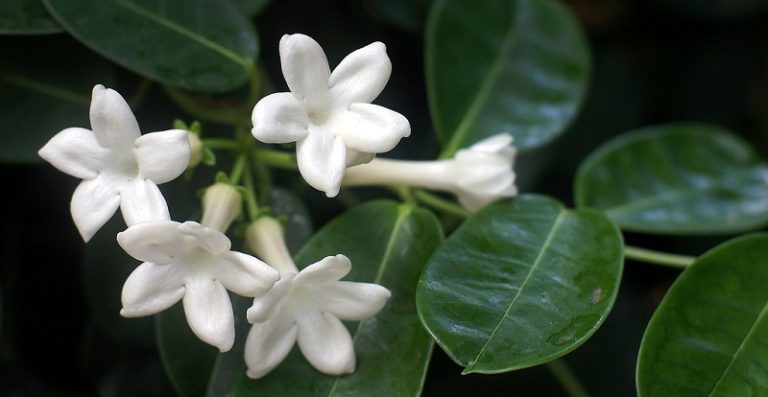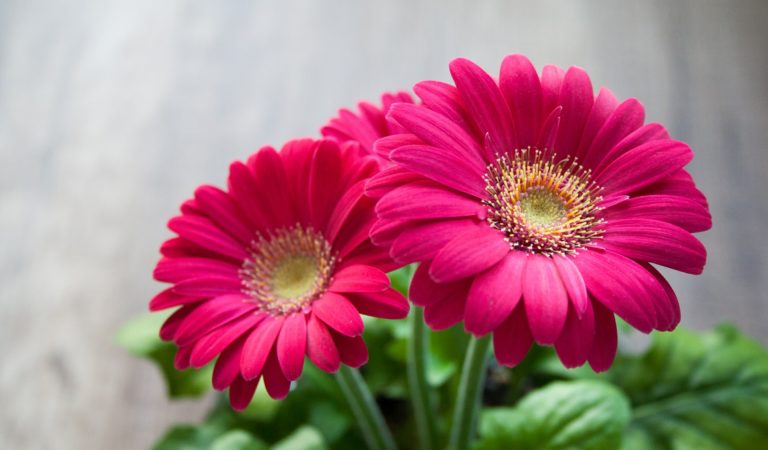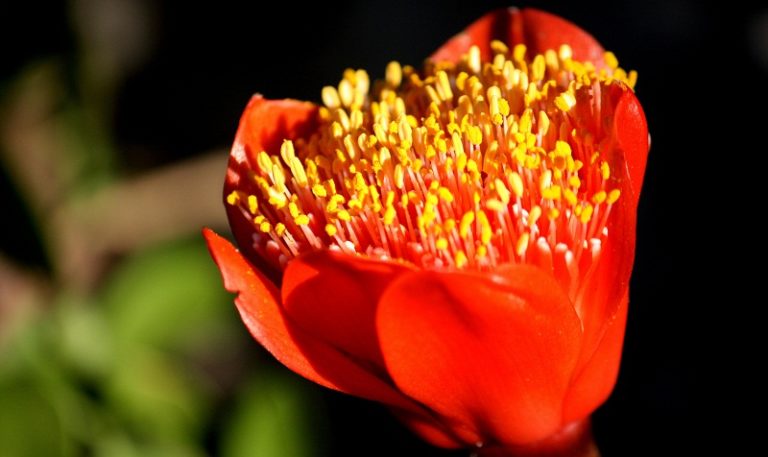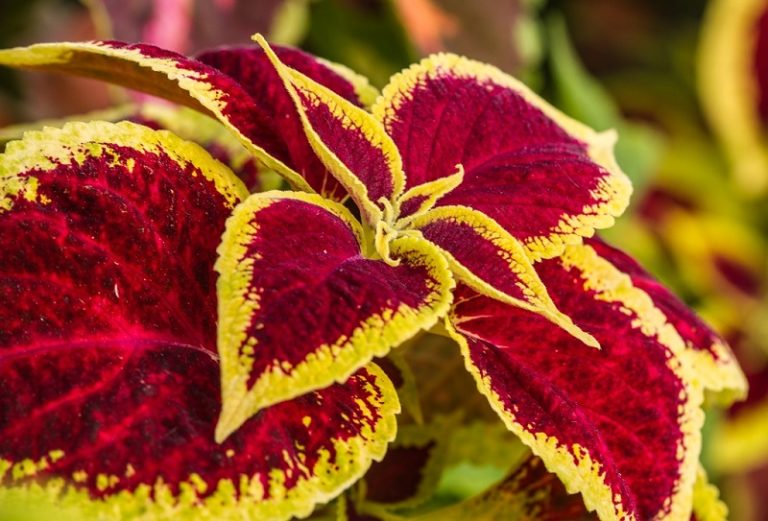Venus flytrap (Dionea). Care, reproduction
Venus flytrap (Dionea) is considered the most exotic of plants in Ukraine. This plant is a predator – it eats insects. For successful cultivation, you need to create special conditions. It is also important in the care and nutrition of the flower. What can you feed? How to care? Read our article.
Before you buy a very expensive plant, you need to know how to feed the Venus flytrap, because the usual fertilizer for plants can be detrimental.
Let’s start our article with the section:

Feeding the Venus flytrap
The Venus flytrap should not be fed with fertilizers familiar to indoor plants. She eats organic food only when she is hungry (she is deficient in nitrogen). The rest of the time, flies and mosquitoes are not of interest to her. Of course, you will want to provoke the plant to lunch during a lack of appetite, it may simply ignore your attempts to feed it, because it is full. But the process of catching and swallowing the victim (closing the trap-mouth) is impressive.
How often does a Venus flytrap eat? Venus flytrap nutrition
The Venus flytrap eats quite rarely – about 1 time in one and a half to two months. The process of food absorption is long and gradual: lunch lasts up to 10 days. It is important to remember that “overeating”, more correctly, an excess of nitrogen, is detrimental to this plant. An overfed Dionaea can get sick, becoming weak and lethargic. Therefore, the size of the victim matters. Too big a “piece” she simply will not overcome. Food debris must be carefully removed from the mouth. Because they will begin to decompose and rot, which is risky for the life of the plant.
How do you know if a plant is full? If the mouth-traps are closed, the plant is full.
The Venus flytrap has a dormant period – autumn – winter. During this period, the plant rests, including from hunting and digestion. Read more about the dormant period below in the article
Also, the plant does not eat : during transplantation, illness, lack of light and just a sharp change of scenery. By the way, buying and adapting to a new home is so stressful , so don’t try to feed the Venus flytrap as soon as you bring it home from the store.
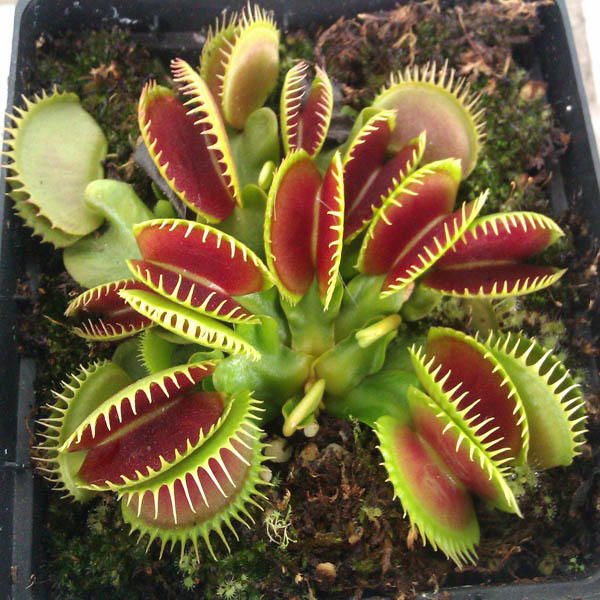
Description of the Venus flytrap
Venus flytrap (Dionaea muscipula) is a species of carnivorous insectivorous plants of the monotypic genus of the Sundew family. In nature, it grows in peat bogs of Georgia, New Jersey, South and North Carolina. The species is included in the American list of endangered plants. The name of the species muscipula translates as “mousetrap” – probably due to a mistake by a botanist who described the plant. This flower was found in 1760 and named it Dionea in honor of the Greek goddess, the mother of Aphrodite (Venus).
The Venus flytrap is a perennial herbaceous insectivorous plant of the Sundew family, the only species of the genus. The height of adult specimens does not exceed 15 cm. The stem of the plant is tuberous, the flowers are white, collected on a long peduncle in corymbose inflorescences. Under natural conditions, the Venus flytrap grows on swampy soils with insufficient nitrogen content, insects and mollusks, in particular slugs, serve as a source of nitrogen for the plant.
The leaves of the Venus flytrap form a rosette of 4 to 7 leaves that grow from an underground short stem. Traps – mouths appear after flowering. They are 8 to 15 cm long, green in color, but in good light their internal cavities have a red tint. Traps form at the end of short leaves collected in rosettes. The closer to summer, the longer the leaves become, gradually acquiring an upright position. Trap mouths consist of two closing valves with sparse bristles along the edges. Inside the trap mouth are glands that produce nectar, which attracts insects. In addition to the bristles, there are three triggers along the edges of the trap, when irritated by insects, the trap closes, and the plant begins to secrete digestive juice.
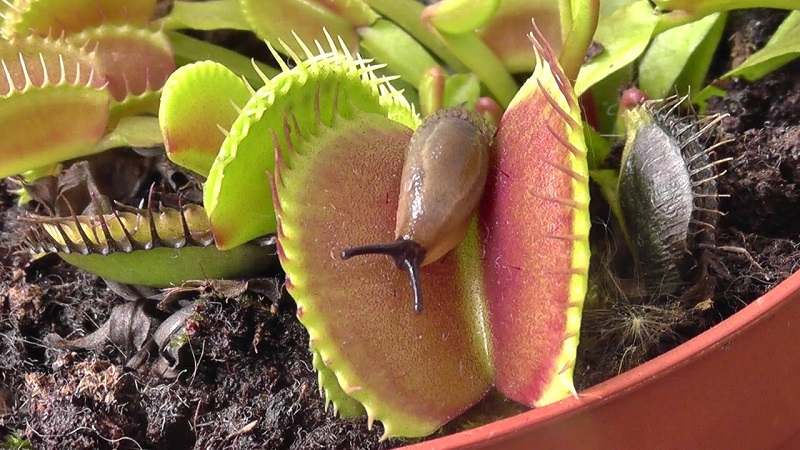
How to care for the Venus flytrap (Dionea)
The Venus flytrap is a rather whimsical plant. He loves sunny places, fresh air, the presence of insects, watering as needed, and does not like frequent changes of place. Still, it requires special conditions
Light brightness for Venus flytrap (Dionea)
Light for a predator plant is very important . Dionea does not like shade and needs bright sunlight, min 4 hours a day. But at the same time, it tolerates overheating of the soil very poorly. That is, the pot should be in light colors, and in summer it should be covered from the midday sun. Or option 3 – place the plant on the east or west windows. Also, when choosing a place, you need to take into account that this predator does not tolerate stagnant, musty air. Therefore, the room where it grows needs to be regularly ventilated. In the warm season, the plant can be safely rearranged on the balcony or in the garden, in an open space. This is also true from the point of view of its hunting characteristics.
Tip: the Venus flytrap grows exclusively at home, then pamper it with lighting. It will be sufficient to use a pair of ordinary fluorescent lamps with a power of 40 watts, placing them necessaryno closer than 20 cm from the plant.
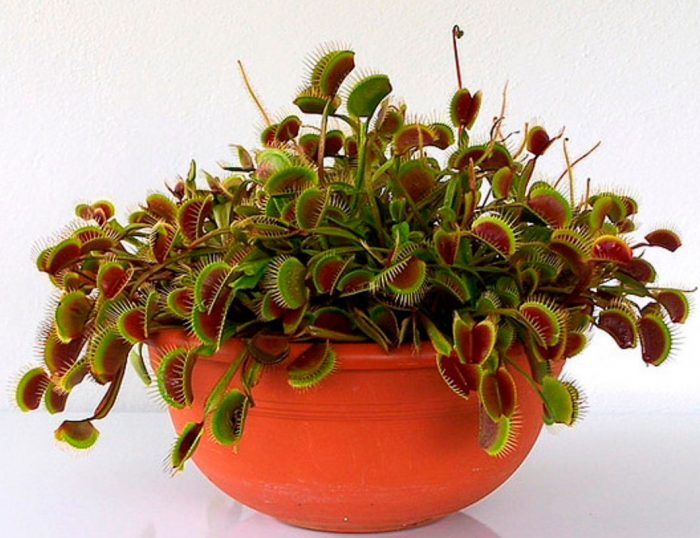
Watering and air humidity, and feeding the Venus flytrap
Water for watering the Venus flytrap is very important, it should only be soft (filtered), it is better to boil it in advance. You should not risk and use rainwater: in our time of ecologically unfavorable times, it is not always clean. Watering time is determined by the condition of the topsoil. It is important to avoid both overdrying and overflowing. You can water both from above and from below using a tray. Do not use fertilizers in any case. It’s out of the question, fertilizers for Dionaeus are poison!
When to transplant a Venus flytrap (Dionea)
This plant practically does not need to be transplanted, because its soil is not depleted, and salting when watering with boiled water is unlikely. But if you still decide to transplant a plant, then consider the transplant rules:
The pot should be light and deep. The flycatcher has long (up to 20 cm) roots that grow deep into the roots. In addition, its roots are delicate and fragile – this also needs to be taken into account when transplanting, it is necessary to do transshipment, so the roots are least damaged.
The soil should be: peat or its mixture with sand or perlite. There are no other options for this plant.
After transplanting, place the pot with the plant in the shade for 3-4 days and provide regular watering.

Dormant period of Venus flytrap
The Venus flytrap prepares for rest in the fall: its leaves begin to dry out and turn black, then fall off. The plant itself shrinks, acquiring an unpresentable, unhealthy appearance. Inexperienced flower growers can panic and try to revive the plant by watering intensively and placing it in the brightest and warmest place. But, there is no reason to worry, in such an unsightly form the flycatcher “sleeps”. She does not need light and warmth at all, rather, on the contrary. Place the pot with the plant in a cool but not necessarily dark place. It can be just a window sill where the temperature is lower than room temperature, or the bottom shelf of the refrigerator. If you have a cellar, then it will work just as well.
Dionaea should “sleep”, for her this is not a whim, but a necessity. Leave it alone until mid-February, occasionally checking the condition of the soil: it should be slightly moist. And at the end of February, the Venus flytrap slowly wakes up. And she will wake up at the beginning of summer, then the plantbegins to grow actively.
Reproduction of Venus flytrap
Venus flytrap (Dionea) can be propagated vegetatively: by children and pedicel, and seeds.
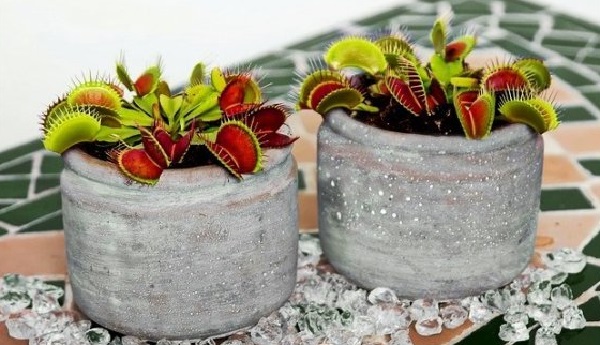
Reproduction by children
Reproduction by children is a fairly simple process and is used most often. But there are some nuances: this type of reproduction can be used once every 3 years. The plant prefers to grow “family”, next to children and noticeably weakens with their frequent separation. Given this fact, it is convenient to combine the procedure for separating a child with a transplant. The baby must be separated very carefully, trying to minimally injure the fragile roots of the flycatcher. It will be better if you do this with a sharp knife. After separating the baby from the mother plant, be sure to disinfect the cut points using crushed activated carbon or fungicide.
Propagation by peduncle
The best time for such reproduction is when the peduncle grows to a length of 4-5 cm. After that, they are cut off and shallowly, 1 centimeter is enough, buried in peat. For rooting, cover with a cap, creating greenhouse conditions for it. Now it remains to wait for the appearance of young shoots. This will not happen quickly. Carefully ventilate the peduncle during the entire waiting period and keep the soil moist. If the peduncle has dried up, or has a lifeless appearance, this does not mean that the process has failed. We patiently wait for the right time – one and a half, two months. If everything is fine, new shoots will appear, which means that you will have new exotic inhabitants.
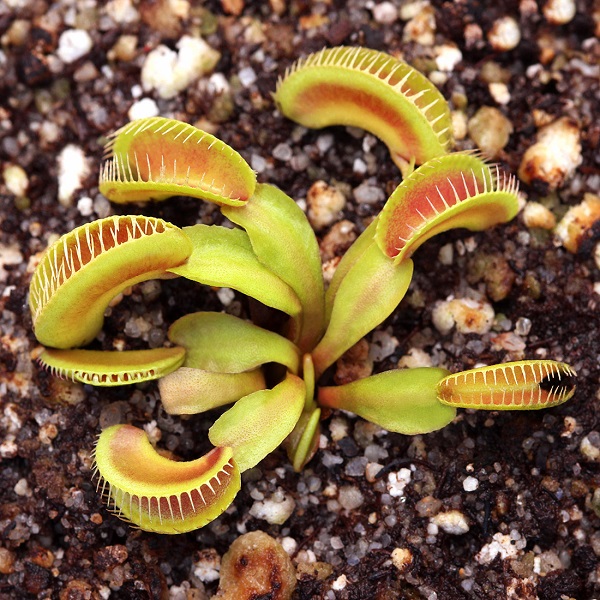
Propagation by seeds
Seed propagation is a rather complex and peculiar process, the effectiveness of which depends on the experience and patience of the grower. Simply put, this method of reproduction is only suitable for professionals. Reproduction by seeds is carried out in the spring, during flowering.

